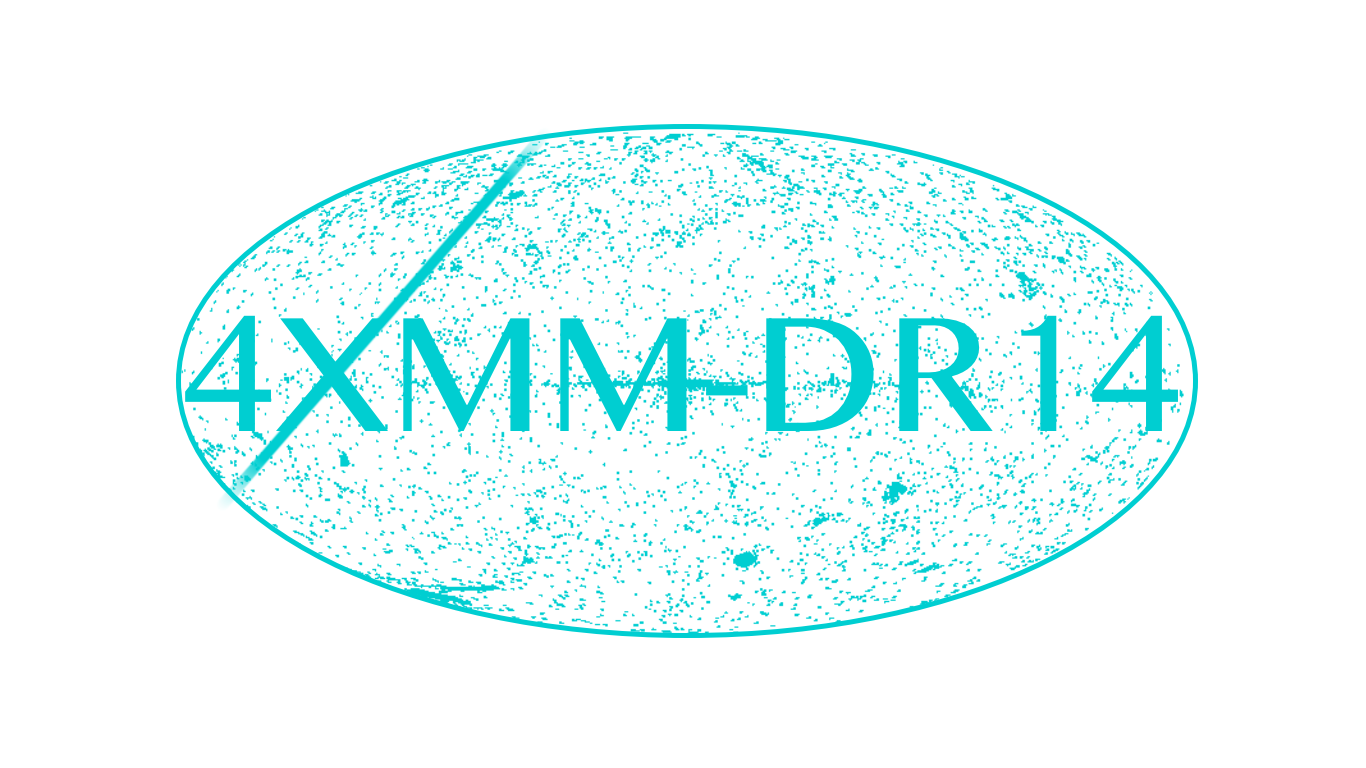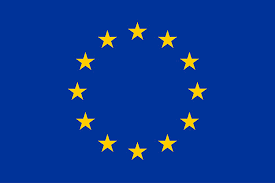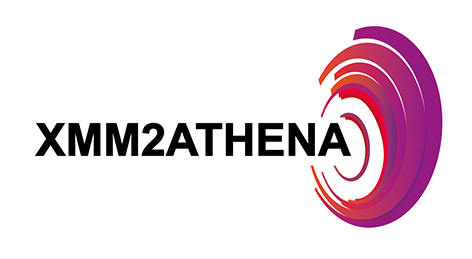

The 4XMM-DR14 catalogue contains source detections drawn from 13864 XMM-Newton EPIC observations, covering an energy interval from 0.2 keV to 12 keV. These observations were made between 2000 February 3 and 2023 December 31 and all datasets were publicly available by 2023 December 31, but not all public observations are included in this catalogue (see below for more information).
Should you use the catalogue for your research and publish the results, please use the acknowledgement below and cite the paper describing 4XMM (Webb et al., 2020).
As well as the fits and csv formats of the catalogue distributed below, the following Web-based user interfaces will allow filtering and searching of the catalogue (and give access to all or selected associated data products):
The SSC Catalogue Home Page (this page), XSA, and HEASARC allow download of the catalogue file in (binary) FITS. Summary pages and products are already available in the IRAP catalogue server.
The cross-correlation products of potential counterparts at other wavelengths for 4XMM-DR14 are provided through the XCAT-DB and the IRAP catalogue server.
We also provide Multi-Order-Coverage maps (MOCs) for 4XMM-DR14. MOCs for individual observations in fits format can be downloaded via the catalogue server (identified through their OBSIDs) or here. The MOC covering the whole of 4XMM-DR14 field is available here. Amongst other ways to use the MOCs, we recommend the python tool MOCpy. We also provide EPIC flux maps for each observation, where each point on the map provides the limiting flux for a source detected at 3 sigma in the 0.2-12.0 keV band (assuming a power law spectrum with a photon index of 1.42 and an nH of 1.7x1020 cm-2) here. Information on these maps can be found here. Rate maps are provided here. Alternatively, they can be accessed through the IRAP catalogue server, provided at the top of the page for each individual detection of the sources in the field of view.
The following table gives an overview of the statistics of the 4XMM-DR14 catalogue in comparison with the 4XMM-DR13 catalogue.
| 4XMM-DR14 | 4XMM-DR13 | Increment | |
|---|---|---|---|
| Number of observations | 13864 | 13243 | 621 |
| Number of 'clean' observations (i.e., observation class < 3) | 11437 | 10895 | 542 |
| Observing interval | 03-Feb-00 -- 31-Dec-23 | 03-Feb-00 -- 31-Dec-22 | 1 yr |
| Sky coverage, taking overlaps into account ( ≥ 1ksec exposure) | 1383 sq.deg | 1328 sq.deg | 55 sq.deg |
| Number of detections | 1035832 | 983948 | 51884 |
| Number of 'clean' detections (i.e., summary flag < 3) | 897091 | 854095 | 42996 |
| Number of unique sources | 692109 | 656997 | 35112 |
| Number of 'cleanest' (summary flag = 0, not in high-background fields) extended detections | 22147 | 20971 | 1176 |
| Number of detections with spectra | 372603 | 353821 | 18782 |
| Number of detections with timeseries | 372313 | 353538 | 18775 |
| Number of detections where probability of timeseries being constant is < 1 × 10-5 | 8380 | 8029 | 361 |
The median flux in the total photon energy band (0.2 - 12 keV) of the catalogue detections is ~ 2.2 × 10-14 erg cm-2 s-1; in the soft energy band (0.2 - 2 keV) the median flux is ~ 5.2 × 10-15, and in the hard band (2 - 12 keV) it is ~ 1.2 × 10-14. About 23% of the sources have total fluxes below 1 × 10-14 erg cm-2 s-1.
About a tenth of the observations have features that may cause spurious detections (mainly the wings of bright sources and large extended emission), and it is strongly recommended to use a filter (both per source, based on the summary flag column, and per observation, based on the observation class column).
The 4XMM-DR14 catalogue, released on 2024 July 9th, is available in several formats:
Please read the Watchouts section before using the catalogues.
| 4XMM_DR14cat_v1.0.fits.gz | FITS binary | 959 MB | MD5: 47c6bd113cb8510db418665472c81b48 | full binary catalogue; recommended for more in-depth studies (includes information of all detections) |
| 4XMM_DR14cat_v1.0.csv.gz | CSV | 1.2 GB | MD5: caaec7ce4123f29fbcb10ee8fca1920f | full ascii catalogue |
| 4XMM_slim_DR14cat_v1.0.fits.gz | FITS binary | 93 MB | MD5: 1f3c9faf54ebf790139be62f1494c1f0 | reduced binary catalogue, suited for studies of unique sources (individual detection information is not included) |
| 4XMM_slim_DR14cat_v1.0.csv.gz | CSV | 119 MB | MD5: ae617389a404a546c761c8b31f1cea59 | reduced ascii catalogue |
For convenience, there are suitable SQL CREATE statements available for use with a relational DBMS in order to load the data in CSV format:
The CSV file has nulls represented by two successive commas, compatible with Postgres and (probably) other DBMS.
The slimline version of the catalogue contains one row per unique source (while the the main catalogue has one row per detection) and thus has 692109 rows. There are 45 columns, essentially those containing information about the unique sources. The catalogue also contains a column with links to the IRAP catalogue server summary pages. In the case of sources with multiple detections, the summary page of the best detection is selected (i.e., the detection with the largest exposure time, summed over all cameras), and the summary page gives cross-links to the other detections.
A separate file is also provided (table below) which contains key details about the observations used in the construction of the 4XMM-DR12 catalogue. See the list of observations for a description of the columns in the file.
| 4xmmdr14_obslist.fits | FITS binary | 1.6 MB | MD5: 7dc81c9f56c9c087606b1d1569b0e169 | Summary table of observations used in the catalogue |
The User Guide for the 4XMM-DR14 catalogue contains details of the catalogue production process and content. Here are quick links to
1) Whilst hot areas are flagged in the 4XMM catalogue (flag 12, see 3.5 Hot areas in the detector plane), they are not propagated to the SUM_FLAG.
With the 4XMM catalogue, IAU name nomenclature includes the designator, 4XMM. The IAU name is provided in the catalogue. The correct, full nomenclature for a specific detection from the catalogues is the IAU name, followed by a colon and the detection identification number, that is:"4XMM Jhhmmss.sSddmmss:detid". For the stacked catalogue it is:"4XMMs Jhhmmss.sSddmmss:detid"
The production of the 4XMM-DR14 catalogue is a collaborative project involving the whole XMM-Newton SSC Consortium:
The SSC team are grateful to the XMM-Newton SOC for their support in the catalogue production activities.


This project has received funding from the European Union's Horizon 2020 research and innovation programme under grant
agreement number 101004168, the XMM2ATHENA project.
The SSC acknowledges the use of the TOPCAT and STILTS software packages (written by Mark Taylor, University of Bristol) in the production and testing of the 4XMM-DR14 catalogue.